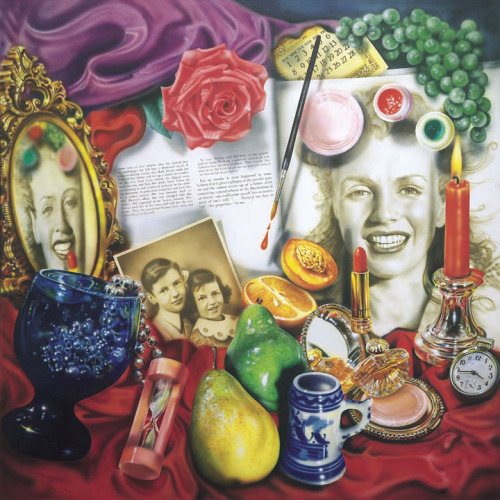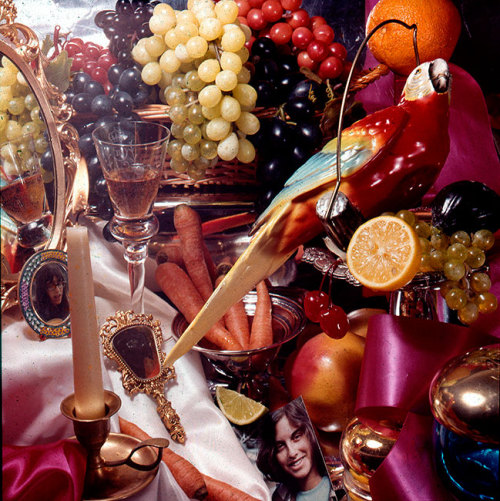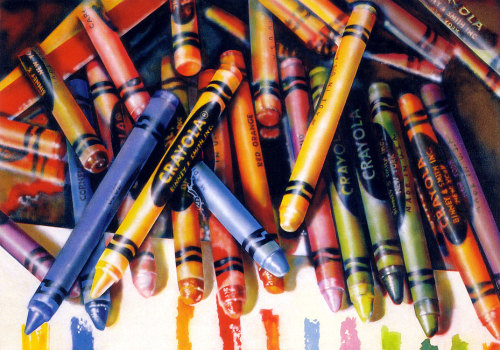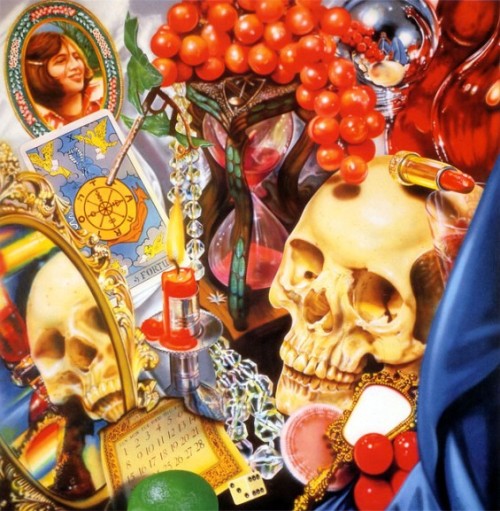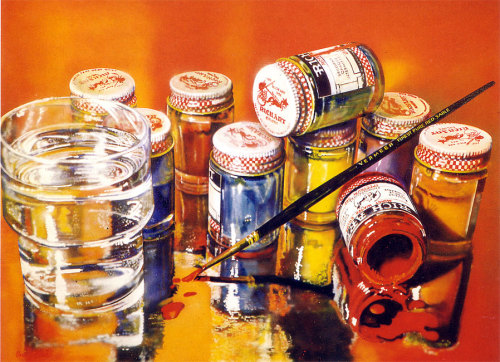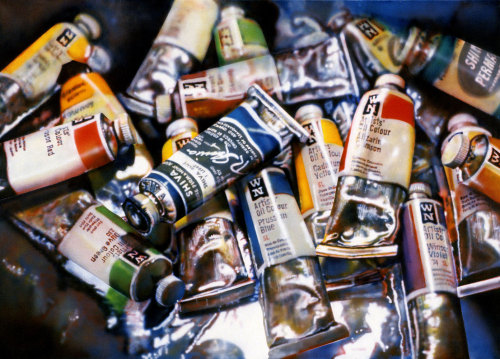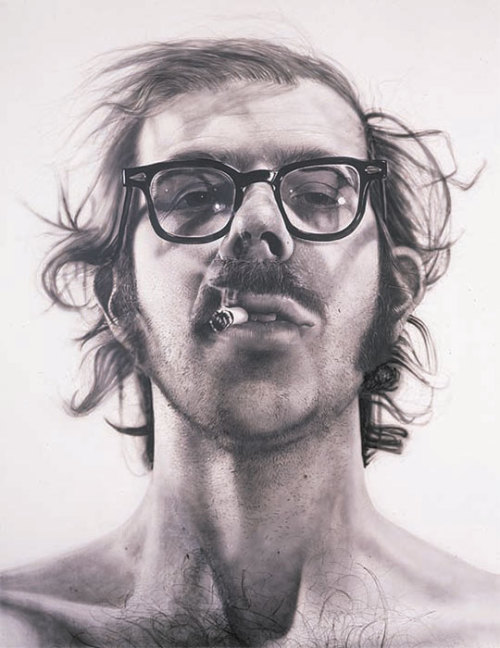#superrealism
Audrey Flack (1931 - present)
One of Superrealism’s pioneers was lifelong New Yorker Audrey Flack, who studied the history of art at New York University’s Institute of Fine Arts after graduating from Yale. Her paintings, such as Marilyn, were not simply technical exercises in recording objects in minute detail but were also conceptual inquiries into the nature of photography and the extent to which photography constructs an understanding of reality. Flack observed: “[Photography is] my whole life, I studied art history, it was always photographs, I never saw the paintings, they were in Europe… . Look at TV and at magazines and reproductions, they’re all influenced by photo-vision.” Most of her paintings are still lifes that present the viewer with a collection of familiar objects painted with great optical fidelity. They often includes multiple references to death and alludes to Dutch vanitas paintings. (x)
Post link
Chuck Close | “Big Self-Portrait"
Often considered a Superrealist, Chuck Close is best known for his large-scale portraits, such as Big Self-Portrait. However, Close felt his connection to the Photo-realists was tenuous, because for him realism, rather than an end in itself, was the result of an intellectually rigorous, systematic approach to painting. He based his paintings of the late 1960s and early 1970s on photographs, and his main goal was to translate photographic information into painted information. Because he aimed simply to record visual information about his subject’s appearance, Close deliberately avoided creative compositions, flattering lighting effects, and revealing facial expressions. Not interested in providing great insight into the personalities of those portrayed, Close painted anonymous and generic people, mostly friends. By reducing the variables in his paintings (even their canvas size is a constant 9 by 7 feet), he could focus on employing his methodical presentations of faces, thereby encouraging the viewer to deal with the formal aspects of his works. Indeed, because of the large scale of Close’s paintings, careful scrutiny causes the images to dissolve into abstract patterns. (x)
Post link



